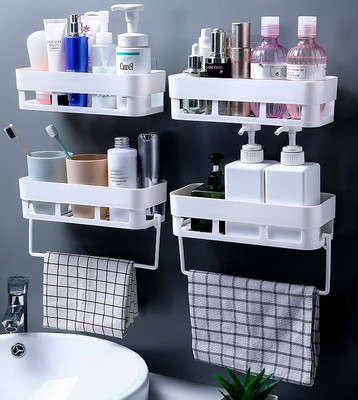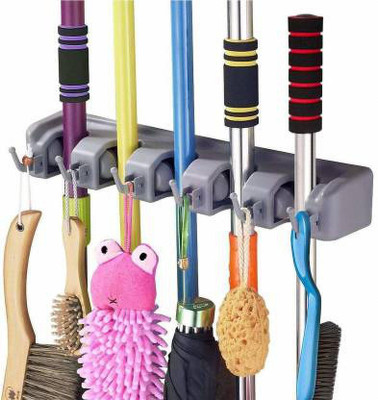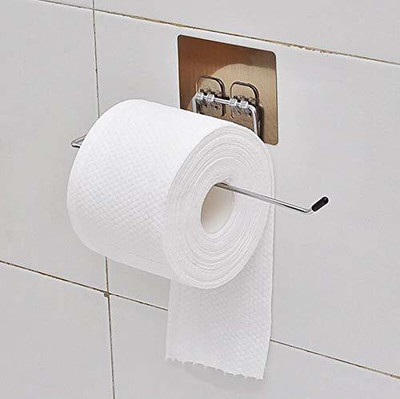
ROYAL GRIFFIN Double Layer 2 in 1 Liquid Soap Dispenser with Pump and Sponge 1.5 L Conditioner, Liquid, Soap, Shampoo, Lotion, Sanitizer Stand Dispenser (White)
Share
ROYAL GRIFFIN Double Layer 2 in 1 Liquid Soap Dispenser with Pump and Sponge 1.5 L Conditioner, Liquid, Soap, Shampoo, Lotion, Sanitizer Stand Dispenser (White)
4
5 Ratings & 1 ReviewsSpecial price
₹109
₹399
72% off
Minimum Order Quantity:2
Available offers
T&C
T&C
T&C
T&C
Warranty
No Warranty
Delivery
Check
Enter pincode
Delivery by26 Jun, Thursday
?
if ordered before 12:59 PM
View Details
Highlights
- Capacity: 1.5 L
- Suitable For: Conditioner, Liquid, Soap, Shampoo, Lotion, Sanitizer Stand
- Number of Chambers: 2
Services
- No Warranty
- Cash on Delivery available?
Seller
Description
1. Material:
The dispenser is made from high-quality, durable plastic material, ensuring longevity and resistance to wear and tear.
The plastic used is often lightweight, making the dispenser easy to handle.
2. Design:
The plastic dispenser features a simple and functional design, suitable for various settings such as bathrooms, kitchens, or commercial spaces.
It may have a transparent plastic reservoir, allowing users to easily monitor soap levels.
3. Dispensing Mechanism:
Equipped with a push-down pump mechanism for manual dispensing or a hands-free sensor for touchless operation.
The pump is designed for smooth and consistent soap dispensing.
4. Capacity:
Available in various capacities, catering to different usage needs ranging from personal to high-traffic areas.
Smaller plastic dispensers are suitable for individual use, while larger ones are ideal for shared spaces.
5. Refillable:
The plastic dispenser is designed to be easily refillable, allowing users to replenish the soap supply without hassle.
A removable cap or top makes the refill process straightforward.
6. Compatibility:
Compatible with a wide range of liquid soaps, including hand soaps, dish soaps, and other liquid cleaning products.
Some models may have adjustable settings for controlling soap dispensing amounts.
7. Nozzle:
The dispenser nozzle is designed for controlled and efficient soap distribution, preventing waste.
Certain models may have adjustable nozzles to customize the soap flow.
8. Hygiene Features:
Some plastic dispensers may have antimicrobial or antibacterial properties to enhance hygiene.
Touchless models with infrared sensors contribute to a hygienic environment by preventing the spread of germs.
9. Cost-Effective:
Plastic dispensers are often cost-effective compared to those made from other materials, providing an affordable and practical solution.
Read More
Specifications
In The Box
| Sales Package |
|
| Pack of |
|
General
| Brand |
|
| Model Name |
|
| Model Number |
|
| Capacity |
|
| Color |
|
| Shade |
|
| Suitable for |
|
| Material |
|
| Sensor Equipped |
|
| Net Quantity |
|
Body And Design Features
| Number of Chambers |
|
| Battery Type |
|
| Number of Batteries |
|
| Wall Mount |
|
| Refill Type |
|
| Level Indicator |
|
Additional Features
| Other Features |
|
Dimensions
| Width |
|
| Height |
|
| Depth |
|
| Diameter |
|
| Weight |
|
| Other Dimensions |
|
Warranty
| Warranty Summary |
|
| Covered in Warranty |
|
| Not Covered in Warranty |
|
| Warranty Service Type |
|
Ratings & Reviews
4
★
5 Ratings &
1 Reviews
- 5★
- 4★
- 3★
- 2★
- 1★
- 1
- 3
- 1
- 0
- 0
4
Delightful
It's convenient and soap saving.
READ MOREEllis Nathan
Certified Buyer, Hyderabad
10 months ago
0
0
Report Abuse
Be the first to ask about this product
Safe and Secure Payments.Easy returns.100% Authentic products.
Back to top











